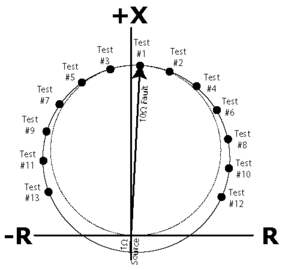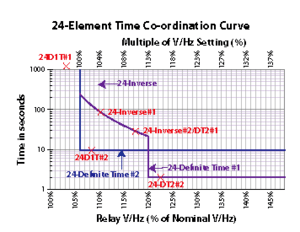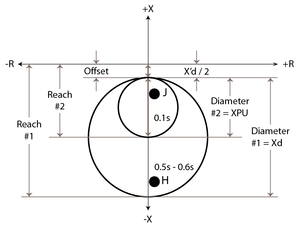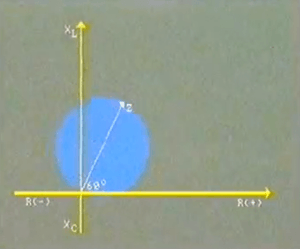Why Do Traditional Line Distance Protection Relay Testing Procedures FAIL on Digital Relays?

Traditional line distance relay testing procedures (MTA, Reach, and Timing) are a great way to test electro-mechanical relays and learn how line impedance relays operate; but they are inefficient, ineffective, and frustrating when applied to modern digital relays. This post will show you why your traditional tests are probably failing,
The Over-Excitation Testing (24) Chapter is Complete. What Should be in the Synchronizing Chapter (25)?

The first draft of the Over-Excitation (24-Element) Chapter is finally complete and off to the editors. We cover the theory and step-by-step testing procedures over 60 pages! You can see all the topics and figures covered at the end of this post. Now I’m ready to start the Synchronizing (25)
Testing Loss-of-Field / Loss-of-Excitation Elements (40)

“Why did my 40-Element test fail?” is probably the most common question I get asked about generator protection. The first question I ask is, “What kind of fault are you trying to simulate?” The second question is, “Where are the test currents in relation to their voltages?” If you truly
A New Transmission Line Protection (21) Video

End-to-End Testing can appear to be a daunting task. However, any relay tester can perform successful End-to-End Tests with a basic understanding of transmission line protection (or 21 impedance protection) along with some preparation before the testing is scheduled to begin. The first video in our end-to-end testing series, Transmission Line Protection
Understanding Distance Protection (21) Video

The last video in our end-to-end testing series gave you a general overview of distance protection, and why we use it in modern electrical systems. It is important to know how a regular distance protection (21) scheme will react to different faults around the relays, and how those reactions are different from communication-assisted
Distance or Impedance Protection (21) Video

Line distance (21) protection is primarily used to protect transmission lines or other electrical equipment where the equipment’s impedance characteristic can be calculated or modeled with software applications. The protective relay calculates the ratio of measured voltage and current and uses Ohm’s Law to continually monitor the measured impedance while energized. The measured impedance






